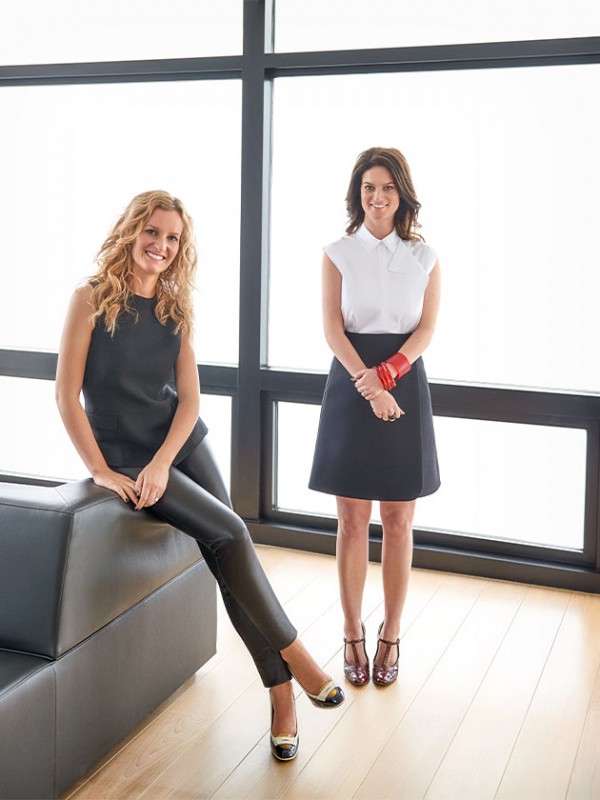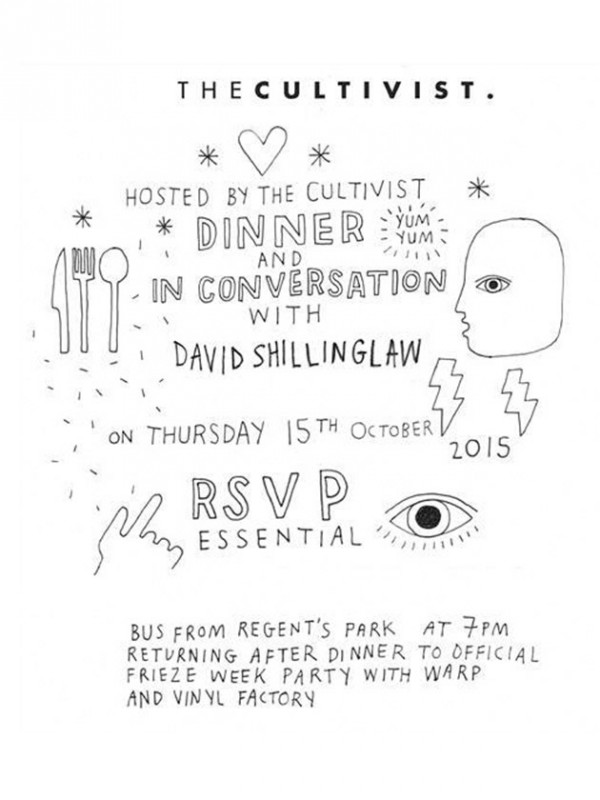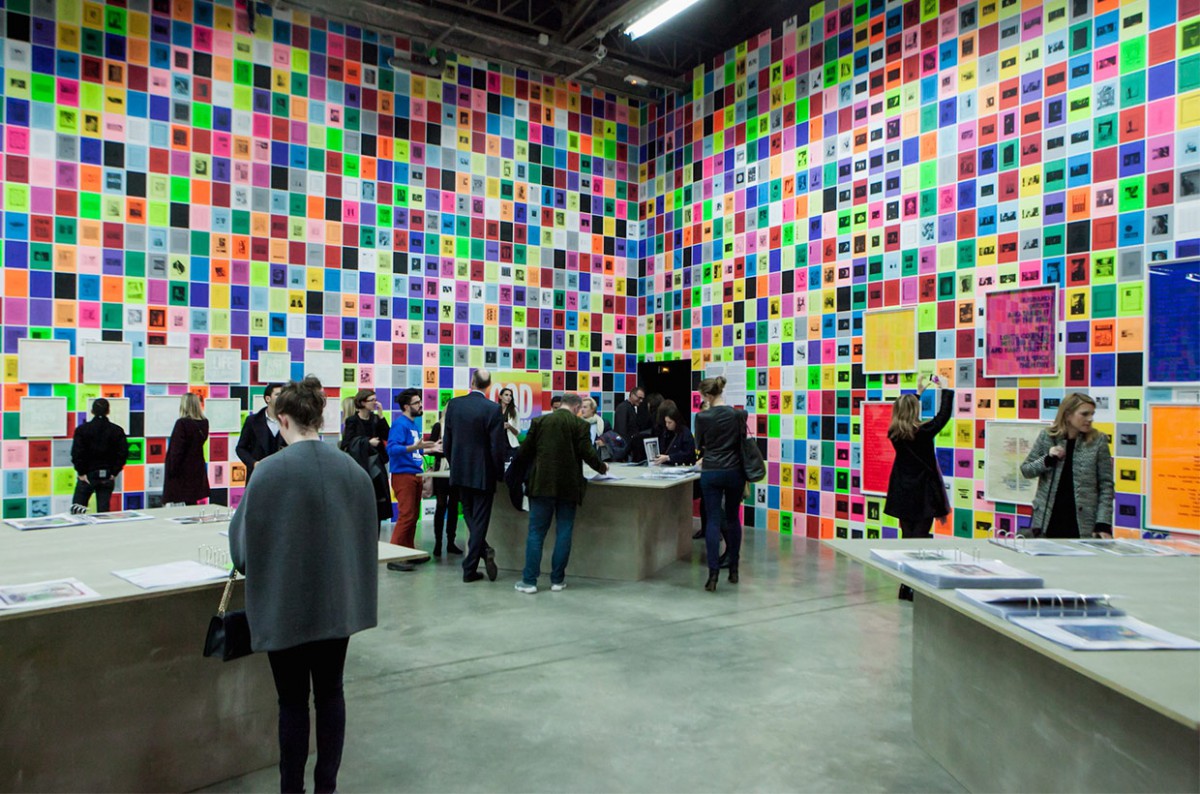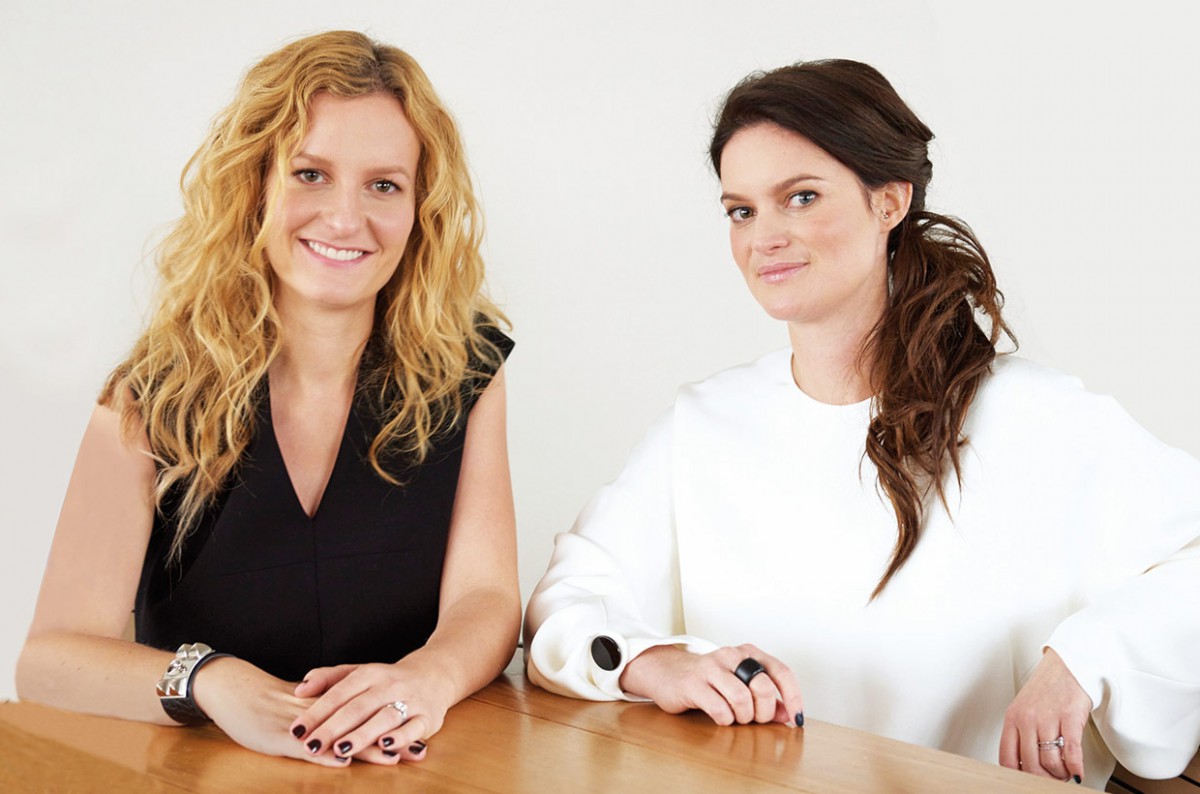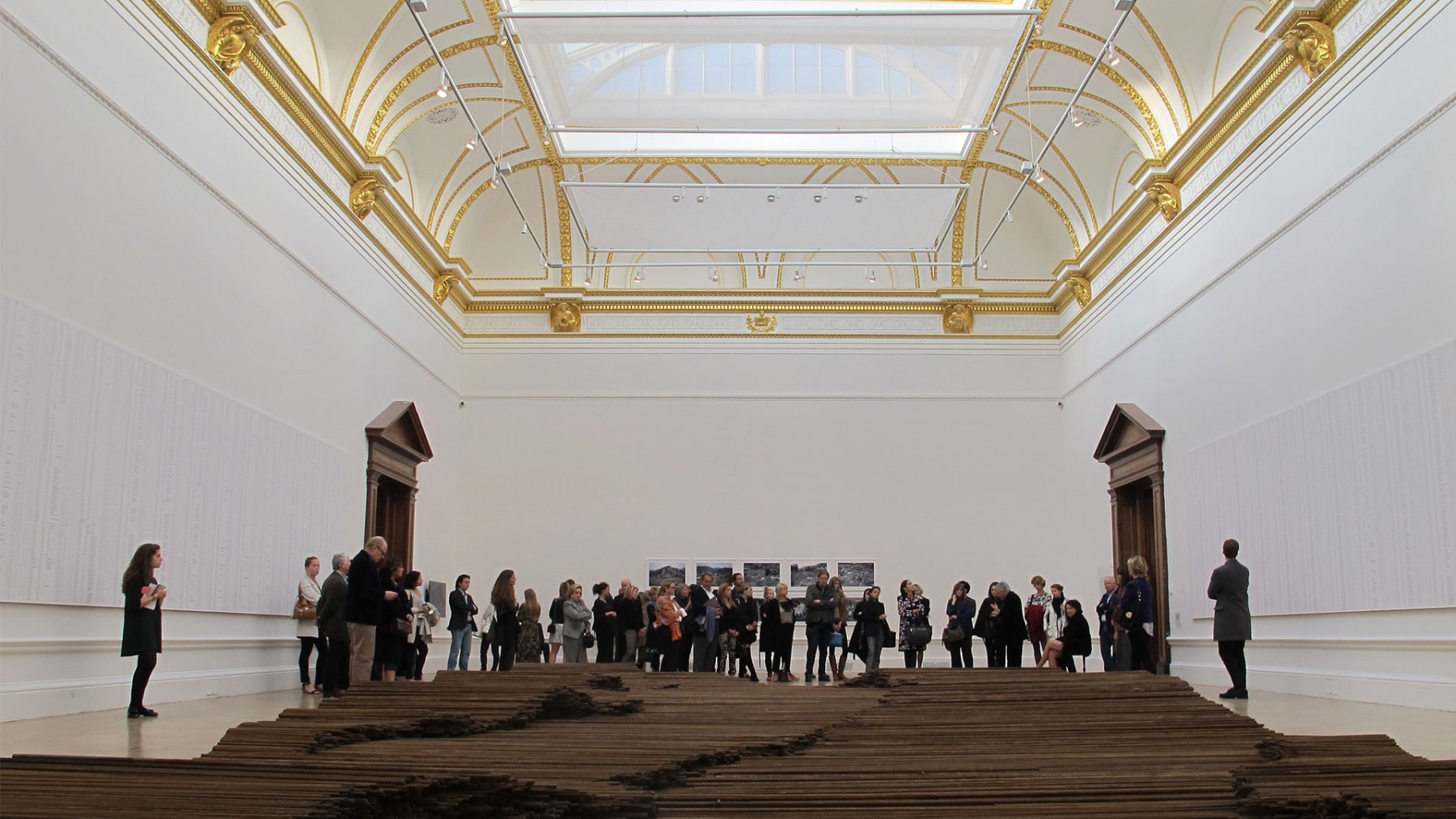Culture Girls by Michaela Cordes | 4th March, 2016 | Personalities
Marlies Verhoeven and Daisy Peat ran Sotheby’s Preferred program for seven years before founding their own business – The Cultivist – the first global club for art lovers. The unusual success story of a unique but simple idea: not only collectors are welcome!
At the Royal Academy in London, a discussion with artist Ai Weiwei’s lawyer about the legal consequences of his politically controversial work. At MoMA, a chance to touch Picasso’s sculptures with gloved hands. Or an opportunity to reminisce with Joan Punyet Miró, grandson of the famous painter, on the Spanish artist’s work, accompanied by cocktails and a Catalan meal. These are just a few unusual ideas for experiencing art all over the world. The price? A membership in the world’s first global arts club The Cultivist. The brilliant idea by Marlies Verhoeven and Daisy Peat, who have set themselves the goal of finding new and remarkable ways to make the art world accessible to people who aren’t collectors yet, but might want to start. Within just six months, The Cultivist has already attracted 400 members – despite the handsome annual fee of 2,700 euros. GG met Marlies Verhoeven for tea at Soho House in London.
How do you explain your rapid rise to success? The art world is a sexy industry. We live in a time when a lot of things are overconsumed. Art remains one of the few things that enables you to stand out from the crowd. If you invite people to your house and there’s art hanging on the walls that you’ve got a personal connection with, that shows personality. An art collection often tells a story about its owner – their connection with the artist, how they discovered the pieces, how they came to buy them. Essentially, it’s about culture.
How was the idea for The Cultivist born? Seven years ago, my business partner Daisy Peat and I founded Sotheby’s Preferred program, which was intended exclusively for major collectors. As time went on, we got bigger and bigger and better known, and we started getting a lot of interest from major fashion designers, interior designers and architects. These were tastemakers who wanted access to our program, but we weren’t allowed to take them because we were supposed to remain strictly geared towards major collectors. On top of that, there was our own personal desire to be more cutting-edge and do more on contemporary art. That’s how the idea for our business came about – more or less by itself.
And it’s a runaway success! Yes, especially when you think that we weren’t legally allowed to do anything for six months after handing in our notice at Sotheby’s.
How did Sotheby’s react to you leaving? Daisy and I left at the same time and a number of our other colleagues ended up joining us later. Since we don’t sell art – just the “experience” of art, we don’t really compete. We founded our own company in March 2015 and launched in June.
How big is the team behind The Cultivist? It is my business partner Daisy, myself – and around ten other people. Daisy lives in London, I’m based in New York. Working together for such a long time and living in these two major art hubs makes us the perfect team. There’s a lot of trust between us, and we have excellent connections in both cities. And besides everything else, it’s a lot of fun!
It used to be customary for daughters of good families to go to London or New York and do an art program at Sotheby’s or Christie’s as part of their education. Nowadays, a certain grasp of art is taken for granted. How much has the art world changed over the last ten years? My own and my husband’s parents are collectors from the Netherlands and Belgium. In the old days, when I went to art fairs or museums, I would go with my parents. You collected paintings by old masters and had to be able to understand the old symbols in order to appreciate the pictures properly. A lot of people don’t realize how complicated that can be, how much understanding and specialized know-how it takes. Personally, I still believe old masters are a much safer investment. But now that the art world is going for contemporary art in such a big way and today’s artists have acquired superstar status, things have changed entirely. After the art world had been veiled in secrecy for such a long time, this trend suddenly made it accessible to a much broader audience. And the fact that interest in art has become part of the zeitgeist rather than being restricted to experts and connoisseurs gave our idea impetus as well.
How do you become a member of The Cultivist? You fill out an application on our website. Then we interview the prospective member and they pay the annual fee. We don’t provide an advisory service and we don’t sell art. That’s turned out to be a lot more important than we realized in the beginning. When you call us, we treat you like a member, not like a client. I guess you could call us an international art lovers club. Our service consists of five different elements: free museum access, art fair access, travel support, a concierge service and the club community.
How do you find new members and what are the criteria for being admitted to the club? New members often bring other members, which makes our research pretty easy! A genuine interest in art is the most important aspect. Our members are anywhere between 22 and 74 years old. We’ve even signed up one man who collects duck decoys for hunting – because we realized that he clearly has a collector’s heart.
Have you ever declined anybody? Yes – we have a wait list in some countries.
What makes membership in The Cultivist so valuable? I would say it’s our database. We know the artists our members are interested in, and thanks to our expertise and connections we’re able to put a great program together. We’ve done things in some really amazing places. Like Baku, for instance. Recently, we arranged something for a member’s wife who had accompanied him there on a business trip and was keen to see some art. We also bring members together when we think it makes sense – the art scene is a very small world!
Where do you see the Cultivist ten years from now – what’s your vision? We want to keep our independence. And we never want our members to feel “sold to.” That’s what makes us so attractive – it’s the reason our concept is catching on so well. We can recommend things and connect people, but we don’t have anything to do with the commercial side. MC
